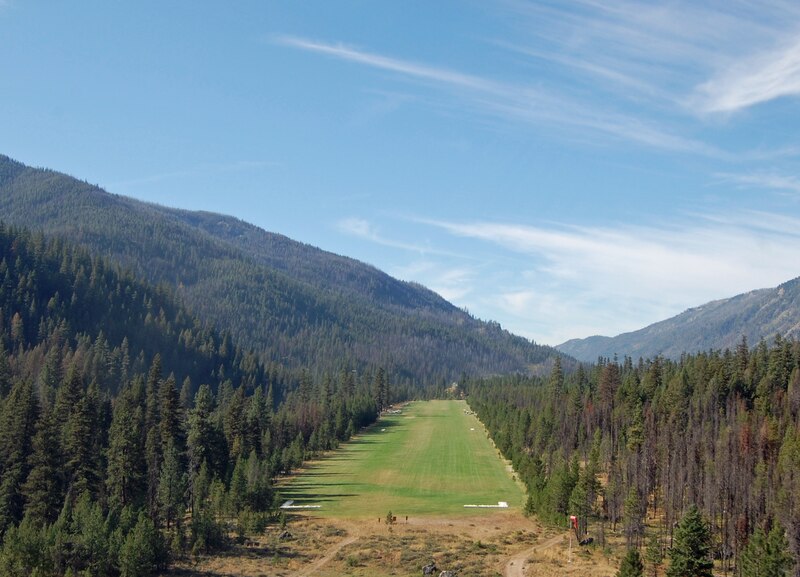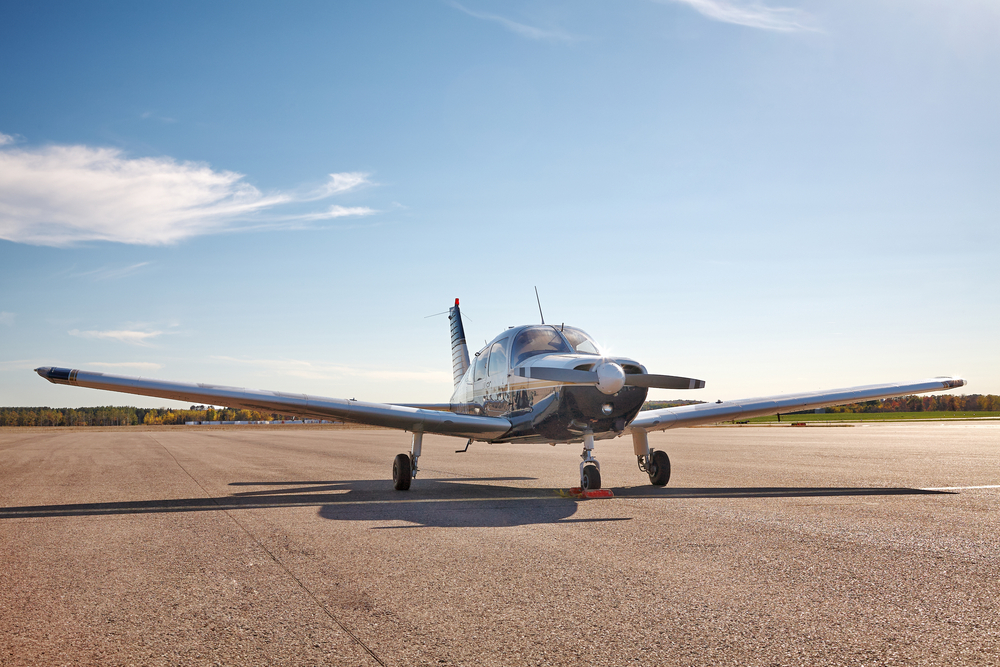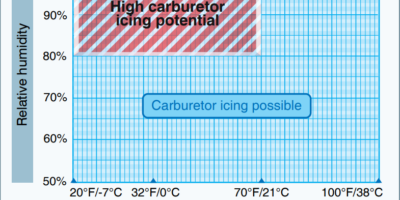Finding an affordable backcountry aircraft doesn’t mean compromising on capability. Several proven designs deliver exceptional short-field performance, rugged construction, and bush flying characteristics while staying well under the six-figure mark. These aircraft have earned their reputation in Alaska, Idaho, and remote strips across North America.
Quick Answer: The best backcountry planes under $100K include the Piper PA-18 Super Cub ($60K-$95K), Cessna 170B ($70K-$90K), and Maule M-4 ($55K-$85K). All three offer STOL performance, tailwheel configurations, and proven reliability in rough-field operations. Expect 500-800 foot takeoff distances and the ability to operate from unimproved strips.
Piper PA-18 Super Cub: The Gold Standard
The Super Cub remains the benchmark for backcountry flying. With a 150 hp engine, it lifts off in 500 feet and climbs at 960 feet per minute. The high wing provides excellent visibility, while the tandem seating configuration balances weight perfectly for solo operations.
Prices range from $60,000 for older 1950s models to $95,000 for well-maintained 1970s aircraft. Parts availability is excellent, and every A&P mechanic knows the airframe. Typical cruise speed is 100 mph with a 460-mile range. The 36-inch Airframes Alaska landing gear modification improves ground clearance for rough terrain.
Cessna 170B: Four-Seat Capability
The 170B offers something most backcountry planes don’t: four real seats. The 145 hp Continental O-300 engine provides adequate power for 750-foot takeoffs at sea level. The all-metal construction survives harsh conditions better than fabric-covered aircraft.
Market prices run $70,000 to $90,000 depending on total time and avionics. The spring-steel gear absorbs hard landings well. Cruise speed hits 120 mph with a 600-mile range. Useful load reaches 1,015 pounds, allowing full fuel and passengers for backcountry camping trips.
Maule M-4: Versatile Bush Plane
Maule’s M-4 series combines affordability with impressive performance. The basic M-4-180C with a 180 hp Lycoming delivers 600-foot takeoffs and 1,200 fpm climb rates. The high wing and conventional gear handle rough strips confidently.
Prices range from $55,000 for early 1960s models to $85,000 for later aircraft with better avionics. The Maule’s robust construction includes a welded steel tube fuselage. Four seats provide family capability. Cruise speed reaches 140 mph with a 650-mile range. The oleo strut gear system absorbs punishment from river bars and mountain strips.
Operating Costs Comparison
All three aircraft burn 8-10 gallons per hour of 100LL fuel. Annual inspections typically run $1,500-$2,500. Insurance costs vary by pilot experience but expect $1,200-$2,000 annually. Engine overhauls occur every 2,000 hours and cost $20,000-$35,000 depending on the powerplant.
The Super Cub’s fabric covering requires re-covering every 15-20 years at $15,000-$20,000. The 170B and Maule’s metal construction avoids this expense. All three aircraft hold their value well, with minimal depreciation if properly maintained.
What to Look For When Buying
Examine the landing gear carefully for damage from rough-field operations. Check the tailwheel assembly and springs for wear. Inspect the propeller for strikes that might indicate hard landings. Review logbooks for consistent maintenance and any damage history.
Test the engine compression on all cylinders. Look for oil leaks around the case and accessories. Check the fabric condition on Super Cub s for tears, UV damage, or loose stitching. Verify all ADs are complied with. Request a pre-buy inspection by an A&P familiar with backcountry aircraft.
Modifications That Add Value
Extended baggage compartments increase camping gear capacity. Vortex generators improve slow-flight handling. Larger tires (31-inch bushwheels) enhance rough-field capability. Panel-mounted GPS systems aid backcountry navigation. LED landing lights improve visibility in mountain valleys.
Alaska Airframes gear extensions add ground clearance. Extended-range fuel tanks increase mission flexibility. STOL kits with drooped wingtips reduce stall speeds further. These modifications can add $10,000-$25,000 to the purchase price but significantly improve backcountry capability.
Learning Backcountry Flying Techniques
Before operating these aircraft in remote areas, invest in proper training. The comprehensive Mountain, Canyon, and Backcountry Flying handbook covers essential techniques for safe operations in challenging terrain. Learning proper mountain flying procedures, density altitude calculations, and emergency procedures is critical for backcountry operations.
Consider getting your tailwheel endorsement before purchasing any of these aircraft. Mountain flying courses offered in Idaho, Montana, or Alaska provide hands-on experience with short-field operations, canyon turns, and high-altitude performance management.
Note: This article contains affiliate links. We may earn a commission from purchases made through these links at no additional cost to you.
Join the Aircraft Insider Community
Get exclusive backcountry flying tips, aircraft reviews, and Western aviation destinations delivered to your inbox.
✈️ No spam, ever. Unsubscribe anytime. Privacy respected.



Leave a Reply